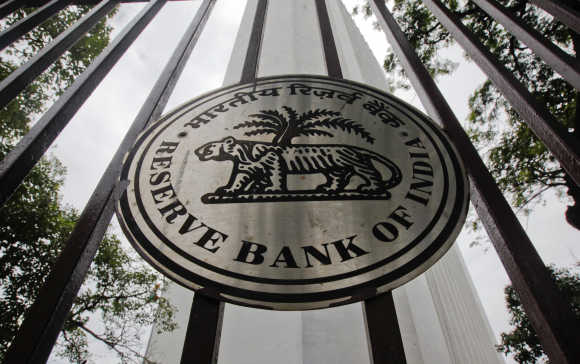The Reserve Bank of India (RBI) announced a slew of measures to boost credit growth and liquidity in the economy. These measures include:
- Reduction in the repo rate by 25 basis points to 6.00%. This is the third consecutive rate cut by the RBI this year.
- Reduction in the cash reserve ratio (CRR) by 50 basis points to 3.00%. This will release Rs 1.35 lakh crore of liquidity into the banking system.
- Opening of a special window to provide liquidity to non-banking financial companies (NBFCs). This will help to address the liquidity concerns of NBFCs and ensure the smooth flow of credit to the economy.
- Extension of the on-tap liquidity window for banks till March 31, 2020. This will provide banks with additional liquidity support.
- Relaxation of the prompt corrective action (PCA) framework for banks. This will allow banks under PCA to lend more freely.
The RBI has also announced that it will continue to monitor the situation and take further measures as needed to support the economy.
More details on the RBI’s measures
Reduction in the repo rate: The repo rate is the rate at which the RBI lends money to commercial banks. A reduction in the repo rate makes it cheaper for banks to borrow money from the RBI, which in turn makes it cheaper for them to lend money to businesses and consumers. This is expected to boost credit growth and economic activity.
Reduction in the CRR: The CRR is the percentage of a bank’s deposits that it must keep with the RBI. A reduction in the CRR releases more money into the banking system, which can be used to lend to businesses and consumers. This is also expected to boost credit growth and economic activity.
Opening of a special window to provide liquidity to NBFCs: NBFCs have been facing a liquidity crunch in recent months, which has made it difficult for them to lend money to businesses and consumers. The RBI has opened a special window to provide liquidity to NBFCs, which will help to ease the liquidity crunch and ensure the smooth flow of credit to the economy.
Extension of the on-tap liquidity window for banks: The on-tap liquidity window is a facility that allows banks to borrow money from the RBI at a fixed rate. The RBI has extended this facility till March 31, 2020, which will provide banks with additional liquidity support. This will help to ensure that banks have enough money to lend to businesses and consumers.
Relaxation of the PCA framework for banks: The PCA framework is a set of guidelines that the RBI imposes on banks that are facing financial difficulties. The RBI has relaxed the PCA framework for banks, which will allow banks under PCA to lend more freely. This is expected to boost credit growth and support economic growth.
Overall impact: The RBI’s measures are expected to have a positive impact on the economy. They will help to boost credit growth, increase liquidity, and support economic growth.
Additional information
- The RBI has also announced that it will continue to monitor the situation and take further measures as needed to support the economy.
- The RBI’s measures are in line with the government’s efforts to boost economic growth.
- The RBI’s measures are expected to be welcomed by businesses and consumers.
These measures are expected to boost credit growth and liquidity in the economy, which will help to support economic growth. The reduction in the repo rate will make it cheaper for banks to borrow money from the RBI, which will in turn make it cheaper for them to lend money to businesses and consumers. The reduction in the CRR will also release more money into the banking system, which will also help to boost credit growth.
The opening of a special window to provide liquidity to NBFCs is a welcome move, as NBFCs have been facing a liquidity crunch in recent months. This will help to ensure the smooth flow of credit to the economy.
Also Read: 15 NBFCs Voluntarily Surrender Certificate of Registration to RBI: Implications and Challenges
The extension of the on-tap liquidity window for banks is also a positive step, as it will provide banks with additional liquidity support. This will help to ensure that banks have enough money to lend to businesses and consumers.
The relaxation of the PCA framework for banks is a welcome move, as it will allow banks under PCA to lend more freely. This will help to boost credit growth and support economic growth.
The RBI’s measures are expected to have a positive impact on the economy. They will help to boost credit growth, increase liquidity, and support economic growth.
